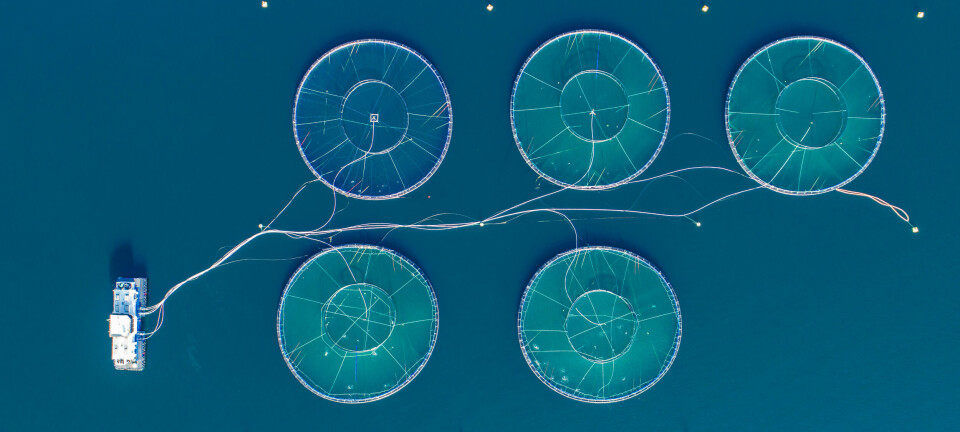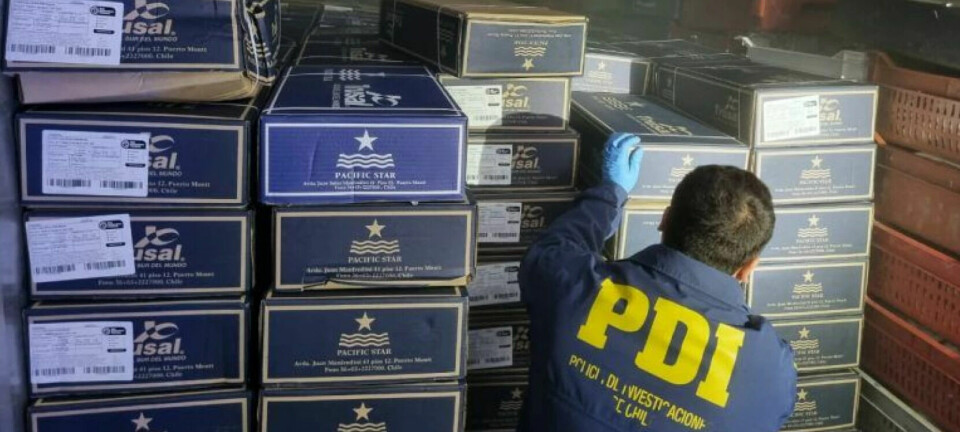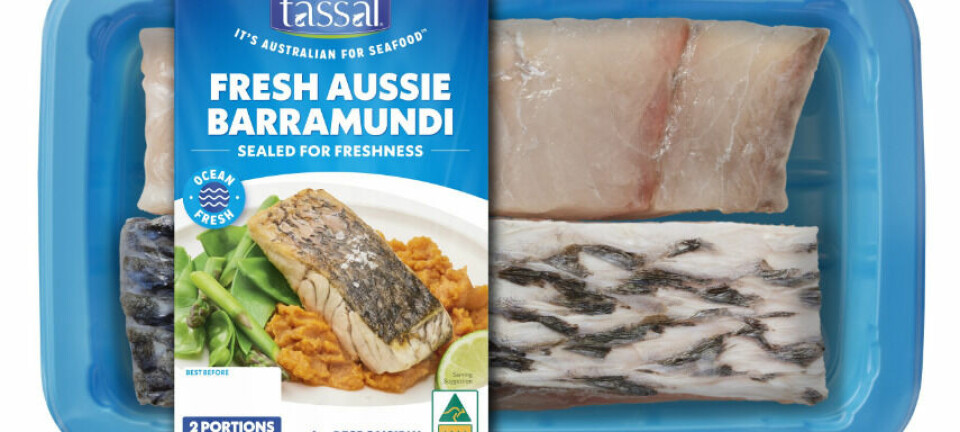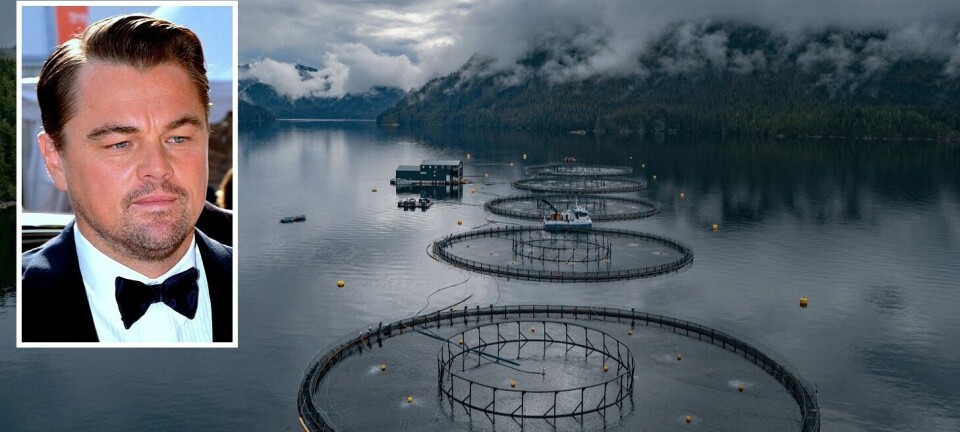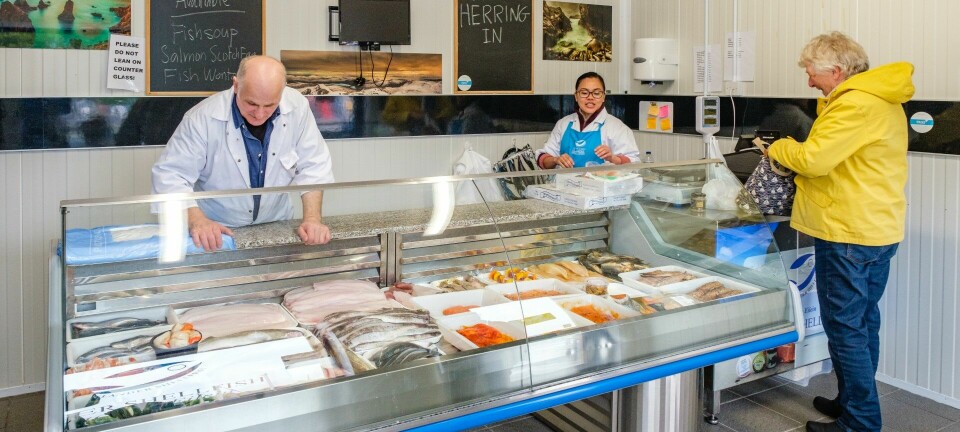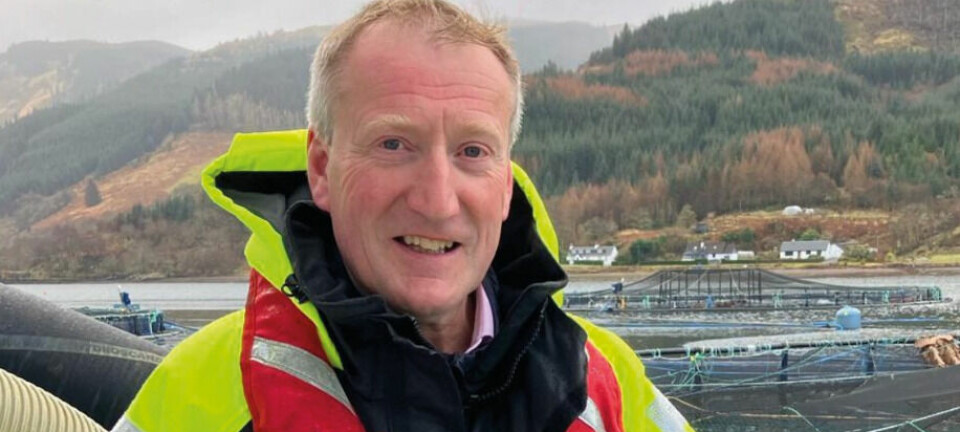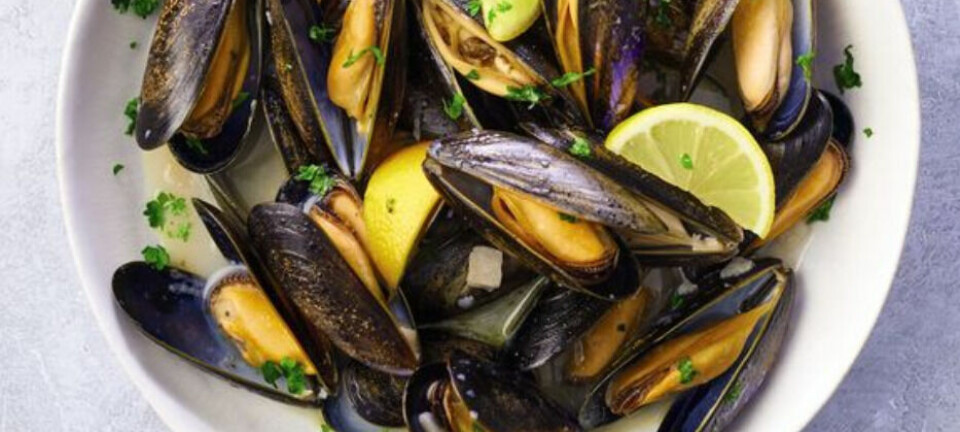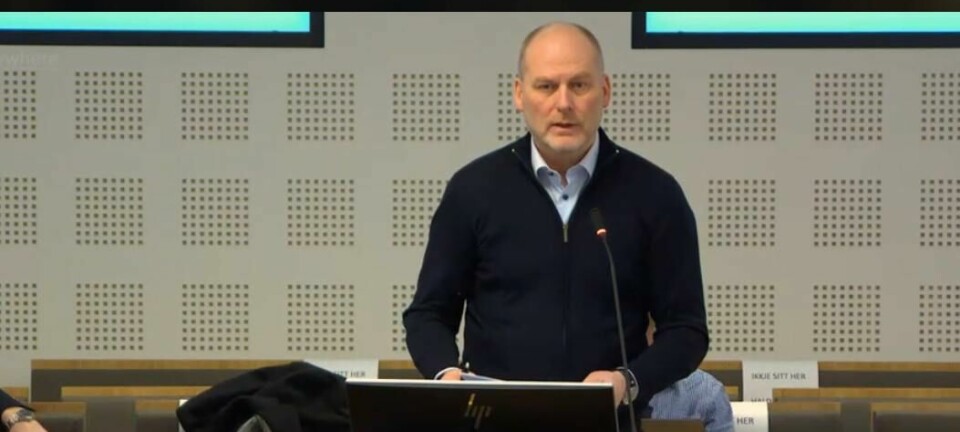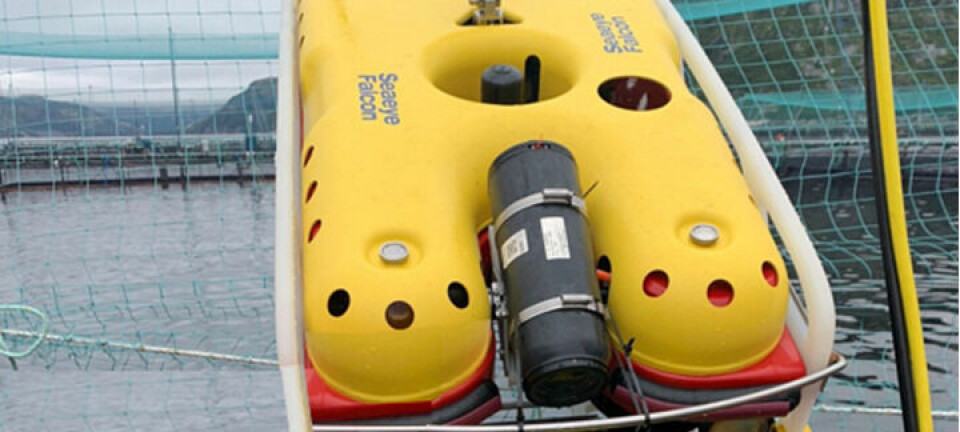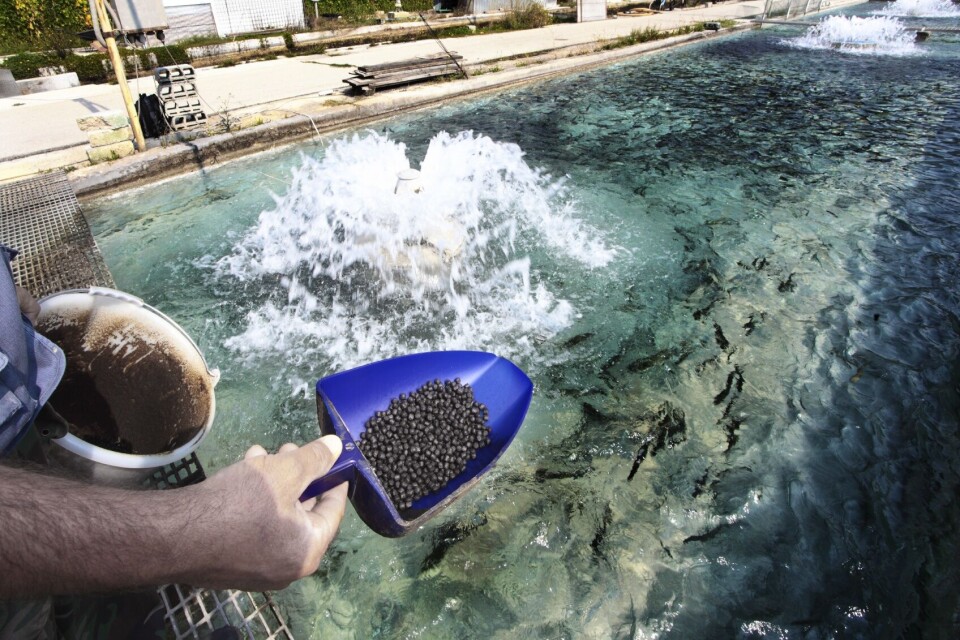
IFFO questions antibiotic-resistant fishmeal claims
IFFO, the Marine Ingredients Organisation, has responded to a study claiming that antibiotic-resistant genes are being spread around the world in fishmeal.
In a paper titled “Fishmeal Application Induces Antibiotic Resistance Gene Propagation in Mariculture Sediment”, scientists at Dalian University of Technology in China suggested that fishmeal is helpful as a “vehicle to promote the spread of antibiotic-resistant genes worldwide”.
“Our study points out that long-term and repeated feeding with fishmeal can accelerate the emergence of antibiotic-resistant bacteria and even other pathogens,” the researchers wrote in the journal Environmental Science & Technology.
In a statement on its website, the IFFO said: “While antibiotic resistance is a concern in any food stuff, the paper raises several questions. We have the following observations.
“The majority of fishmeal is produced from whole fish caught in the wild where there is no contact with antibiotics, nor are antibiotics used in the manufacturing process. The paper shows a sample of Peruvian fishmeal, which would be entirely made from wild caught Peruvian anchoveta, to have seven different antibiotic residues present. As the sampling was conducted in China and not in Peru, we are seeking clarification of the measures taken to protect samples from contamination.
“Although the majority of fishmeal comes from whole fish with the pelagic species dominating, some fishmeal is produced from recycled fish trimmings. IFFO estimates that approximately 33 per cent of the total annual volume comes from this raw material, and although some of the source of this raw material will be aquaculture byproduct, the majority is wild capture byproduct and, again, would not come into contact with antibiotics. The use of antibiotics on farmed fish is expensive and limited.
Doubts over detectable risk
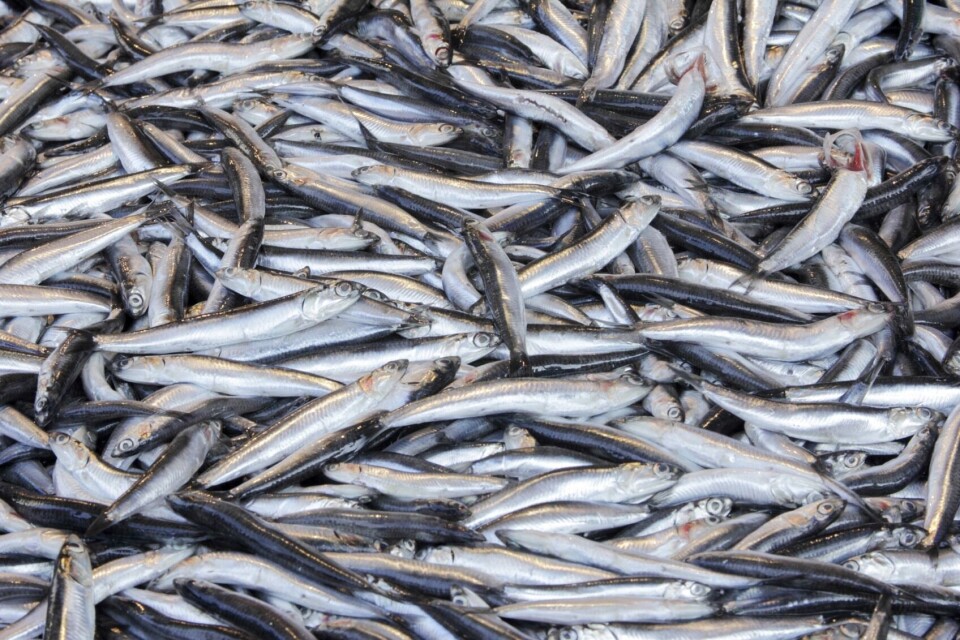
“Antibiotic Resistant Genes (ARGs) are susceptible to degradation in the environment and the transfer of genes to other bacteria is a complex process with a number of conditions that must be met for transfer to occur. It is not clear what risk detectable ARGs represent in the mariculture environment.
“ARGs have been found to be present in apparently isolated locations around the world, including some very extreme environments such as permafrost and cave systems. They may therefore have become somewhat ubiquitous in the environment. The inclusion of a sample control in the paper such as other marine sediments not within the vicinity of a mariculture unit would have helped to identify whether fish farms are actually the source of the ARGs. Perhaps ARGs may be present in other marine sediments?
Food safety core value
“Fish farms in China are often notable for their proximity to human populations, and it may well be that any selection pressure on bacterial communities arising from antibiotic use is a result of other sources.
“Food safety is one of IFFO’s core values and fishmeal is rightly regarded as a high quality product that supports the global production of millions of tonnes of fish, pork, and poultry. It is important that a perspective is maintained in interpreting the results of a limited, early study, around which there are some questions about the sampling methodology. To extrapolate the results of a limited study to an important global supply chain is unreasonable without much additional information.”




































